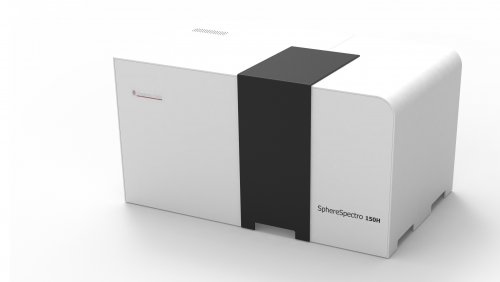|
|
 |
SphereSpectro 150H-V01
Spectrophotometer , Spectral Range Extended VIS (350 nm to 1050 nm)
|
|
4-6 weeks |
Request for quote |
|
|
|
 |
SphereSpectro 150H-V02
Spectrophotometer , Spectral Range VIS and IR (350 nm to 2150 nm)
|
|
4-6 weeks |
Request for quote |
|
|
|
 |
SphereSpectro 150H-V03
Spectrophotometer , Spectral Range UV, VIS and IR (240 nm to 2150 nm)
|
|
4-6 weeks |
Request for quote |
|